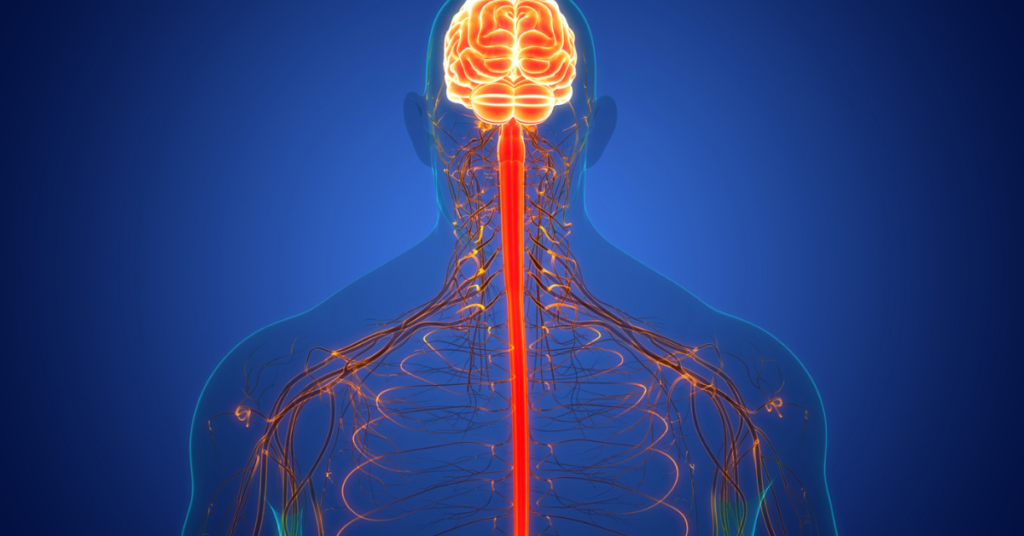Innovations in Spinal Cord Injury Treatment - THE702FIRM Injury Attorneys in Las Vegas

Free Confidential Consultation for Human Trafficking Victims
Free Confidential Consultation for Human Trafficking Victims


Innovations in spinal cord injury treatment are providing new hope for patients suffering from severe spinal cord injuries. Recent advancements have significantly improved motor function recovery and quality of life for those affected by spinal cord injuries. Cutting-edge research in stem cells, regenerative medicine, and electrical stimulation has opened new pathways for spinal cord regeneration.
These advancements in treating spinal cord injuries highlight the scientific community’s commitment to finding effective solutions for this debilitating condition. By focusing on innovative treatments, researchers aim to enhance recovery and provide better outcomes for those living with spinal cord injuries.
In this guide, we will explore the latest breakthroughs in spinal cord injury treatment, examining how these advancements transform patient care.
Spinal cord injuries are complex and need a comprehensive treatment approach. Recently, there has been a rise in advanced therapies aimed at improving function and quality of life for those affected. Stem cell therapy and neuroprotective strategies are leading these innovations, transforming recovery from spinal cord injuries.
Stem cell therapy uses various stem cells to regenerate damaged neurons and promote axonal growth, bringing new hope to individuals with spinal cord damage. At the same time, neuroprotection strategies focus on protecting existing nerve cells in the injured spine from further harm and reducing subsequent damage. These therapies are breaking traditional boundaries and opening new possibilities for patient recovery, driving advancements in spinal cord injury research.
However, realizing the full potential of these treatments involves overcoming significant challenges. Researchers must unravel the complexities of traumatic neural tissue injury and navigate the limitations of current clinical trials. Despite these obstacles, they remain dedicated to perfecting treatments to reverse impairments caused by spinal cord injuries.
The potential of stem cells in treating spinal cord injuries is impressive. These cells can turn into various cell types and are used to repair spinal cord damage with different kinds, including:
Techniques like the LamiSpine method deliver mesenchymal and amniotic fluid-derived stem cells directly to the injury site. This approach focuses on timing and administration to maximize recovery. The goals are to replace damaged neurons, encourage axonal growth, and restore lost functions.
However, significant challenges remain in regenerating neural connections after spinal cord injuries. These cover natural ways neurons inhibit themselves and environmental barriers in the affected areas. Despite these hurdles, researchers continue to pursue solutions.
While stem cells repair the injured spinal cord, neuroprotective strategies focus on preventing further damage. This combination is essential for better outcomes in spinal cord injury patients. Neuroprotective approaches use drugs and biomaterials to protect nerve cells and manage inflammation and oxidative stress.
By reducing secondary damage, these strategies help maintain spinal cord function and improve recovery chances for patients.

In the field of brain and spinal cord injury treatment, neurotechnology is making significant strides. This innovative field enhances patient mobility by creating direct connections between the brain and computers, known as brain-computer interfaces (BCIs).
This wave of innovation includes brain stimulation techniques like:
These technologies help restore sensorimotor functions by recording and decoding brain signals to operate external devices.
Experimental brain implants are being tested on patients with spinal cord injuries to restore voluntary limb movement. These implants translate thoughts directly into motion, offering hope to those paralyzed by severe injuries.
Electrical stimulation techniques are another groundbreaking approach in spinal cord injury treatment. These methods aim to reawaken dormant neural pathways, helping patients regain mobility and control. Non-invasive procedures like transcutaneous electric and magnetic stimulation are popular for their safety and cost-effectiveness.
Epidural electrical stimulation (EES) applied to the lumbosacral spinal segments can restore locomotion and motor control in spinal cord injury patients. Functional Electrical Stimulation (FES) sends electrical impulses to specific muscles to recover voluntary motor function.
The goal of these techniques is neuromodulation, which reactivates motor circuits below the injury, restoring essential motor functions or voluntary movements. Spatiotemporal neuromodulation is a refined strategy that allows selective stimulation in sync with movement patterns, aiding functional recovery.
These spinal cord stimulation technology advancements help patients regain mobility and control, even managing post-injury complications like blood pressure spikes. This offers new hope to those aiming to recover motor function after severe injuries.
Innovative electrical stimulation techniques are reactivating neural pathways and improving movement and autonomy for people with spinal cord injuries. Wearable robotic exoskeletons help individuals regain upright mobility, allowing them to walk and climb stairs.
Cutting-edge assistive technologies enhance physical capabilities and daily activities for spinal cord injury patients. These include:
These advancements aid in treatment and empower individuals to lead fulfilling lives.

Advancements in surgical and non-surgical methods, especially minimally invasive spine surgeries(MISS), are progressing together. These modern procedures use more minor cuts, leading to less muscle and tissue trauma, quicker recovery, and shorter hospital stays. The range of spinal disorders treated with these techniques is expanding due to improved medical equipment. MISS now includes procedures like lumbar posterior decompression and interbody fusion, resulting in better outcomes.
For spinal cord injuries, early surgical decompression is a key minimally invasive strategy to reduce secondary damage and preserve more spinal cord function. These advancements are vital in the overall treatment plan, emphasizing timely intervention with less intrusive techniques.
Tissue engineering plays an essential role in spinal cord injury treatment. Techniques like scaffolding and 3D printing are being developed to rebuild the spinal cord and promote regeneration.
Scaffolds, made from various materials, aid in repair and regeneration. Innovations like 3D printing and electrospinning enhance scaffold precision, supporting spinal cord recovery.
Rehabilitative care, including physical and occupational therapy, is vital for treating spinal cord injury patients. This care works alongside both surgical and non-surgical treatments. Emerging technologies like virtual reality (VR) are enhancing traditional therapy methods.
VR therapy is becoming a key part of physical therapy for spinal cord injury patients. It helps reduce neuropathic pain and improves functional movement. VR provides multisensory stimulation and coordinates motor skills, aiding recovery from the acute stage to more chronic phases by promoting neural repair and adaptability.
Furthermore, VR-based treatments simulate normal bodily functions, helping control neuropathic pain and improve motor function and psychological health. When combined with other non-invasive strategies, like transcranial direct current stimulation, VR can further enhance outcomes for those with spinal cord injuries. These advances in rehabilitative practices highlight the importance of comprehensive care for better patient recovery and well-being.
While medical advancements aid physical recovery, legal support is also essential for spinal cord injury patients. Attorneys like THE702FIRM Injury Attorneys advocate for patients’ rights, ensuring they receive compensation for damages and offering emotional support.
Our spinal cord injury attorneys guide patients through the complex claims process, seeking economic, non-economic, and sometimes punitive damages. Understanding state laws on compensation and modified comparative negligence is key to assessing potential settlements.
At THE702FIRM Injury Attorneys, we provide specialized legal support and free initial consultations to help spinal cord injury patients understand their financial recovery options. Schedule a consultation today to discuss your case and help you recover.
| Monday | 8:00 AM - 5:00 PM |
| Tuesday | 8:00 AM - 5:00 PM |
| Wednesday | 8:00 AM - 5:00 PM |
| Thursday | 8:00 AM - 5:00 PM |
| Friday | 8:00 AM - 5:00 PM |
